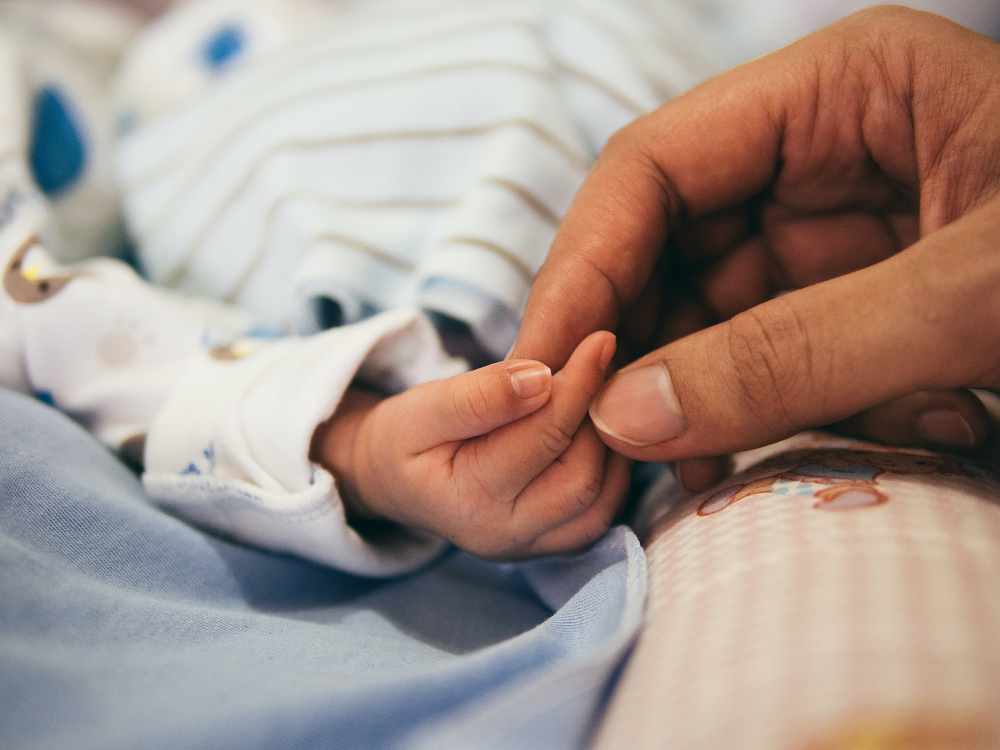Are you trying to get pregnant?
If you are trying to get pregnant this information is very important, to make you more fertility and self-aware and can help to keep you feel more motivated during your fertility journey.
The one thing that never fails to surprise me when I meet new clients is how little they know about their own bodies and pregnancy.
Here are the facts about getting pregnant
Did you know?
- A normal menstrual cycle is anything from 25 days to 35 days.
- The optimal level of days is approximately 28 days.
- Your window of opportunity to get pregnant is at most up to 6 days.
- So are you even having sex at the right times of your cycle in order to get pregnant?
- An Ovum or Egg is only viable for up to 16hours of being released, and 12-24 hours after ovulation.
- The main indicators to define your fertile window are the basal body temperature, cervical mucus and cervical changes.
- A man’s sperm if of good quality will last 3 – 5 days in the female reproductive tract (the crypts, cervix, uterus and Fallopian Tubes).
- There is a 15% chance of a pregnancy each month in a healthy younger woman.
- The IVF success rate is just above 20% average.
- Acupuncture can increase your chances of a natural pregnancy or assisted reproductive pregnancy by up to 60%.
How to find out what your hormone levels are
Your body will tell you whether the different hormones, important for fertility are balanced are not. When I meet new clients I generally ask them to complete at least 3 BBT charts, to measure how their hormone levels are, and by having this information, I will do a needling sequence each week, to help improve and balance their hormone levels accordingly. By gauging this information, a woman will become aware of her body and hormone levels, this is very useful information, and can help to keep motivation higher during the fertility process, which can be quite emotional. To confirm this your local GP can book you in for hormonal blood tests to support this information.
How can I tell if I am ovulating?
A lot of woman assume they ovulate by using Ovulation sticks, but these only measure whether your Oestrogen levels increase mid-cycle, they do not measure whether you have ovulated or not, your temperature, vaginal mucus and cervical changes, are how you can identify whether you have ovulated or not. The last day of the highest quality mucus (until ovulation is confirmed by temperature) is called the ‘Mucus Peak’ closely associated in time with Ovulation. An oral or vaginal thermometer only, are the acceptable Bio-medical tools, recommended to measure your BBT. BBT charting can also assist in Natural Family Planning, if contraception isn’t for you.
What are the normal temperature levels for BBT charting?
36.1-36.3 degrees Celsius, is the optimal temperature to start with, above or below this tolerance, can signify hormone irregularities or whether you have a cold or infection for example (i.e. Thrush/Candida).
Can you give me a brief overview of the process of my monthly menstruation cycle hormonally?
Low levels of Oestrogen and Progesterone lead the Endometrial lining to break, hence Menstruation begins. Low Oestrogen allows the Hypothalamus (A gland off the brain) to release the GnRH hormone, this stimulates the Pituitary gland (Master gland) to secrete FSH (the Follicle Stimulating Hormone) and the LH (Luteinising Hormone) the FSH stimulates your Ovaries to develop and mature follicles (with Ova). The follicles produce high levels of Oestrogen. The LH stimulates the release of the Ovum (egg) by the follicle, the follicle then converts into a Corpus Lutein that secretes Progesterone, which will thicken the lining of the Uterus in order to help maintain a pregnancy. The development of the Corpus Lutein is important to support HCG levels which are the pregnancy hormone levels.
What is Oestrogen?
At the beginning of your period, FSH is released to stimulate the ovaries to develop follicles, the follicles in turn produce high levels of Oestrogen, Oestrogen nourishes and stimulates the Endometrium (Uterus), it thickens the Endometrium and it’s lining, and simulates the production of (the fertile type, like that of an egg white, watery and stretchy) cervical mucus, the secretory changes in the endometrium is in preparation for implantation. Oestrogen is a cooling hormone, hence your BBT is generally lower for the first 2 weeks of the cycle, and Oestrogen generally makes us feel good.
What is Progesterone?
In the Follicle stimulating phase of the cycle (first half) up to Ovulation, if ovulation does not occur-it signifies no progesterone and therefore no corpus lutein (cells from ovarian follicle wall during ovulation, which can result in early pregnancy.
Progesterone Maintains the Endometrium lining keeping it functional and helps to support a pregnancy, this is a warming hormone (and can cause irritability if too high) and is part of the second phase/half or luteal phase of your cycle, if high enough it produces the corpus-lutein, this phase should last approximately 12 to 16 days in a healthy woman. Progesterone suppresses FSH, it prevents renewed ovulation. Generally in women with PCOS, there is too little oestrogen, therefore no progesterone or corpus lutein as Ovulation does not occur.



